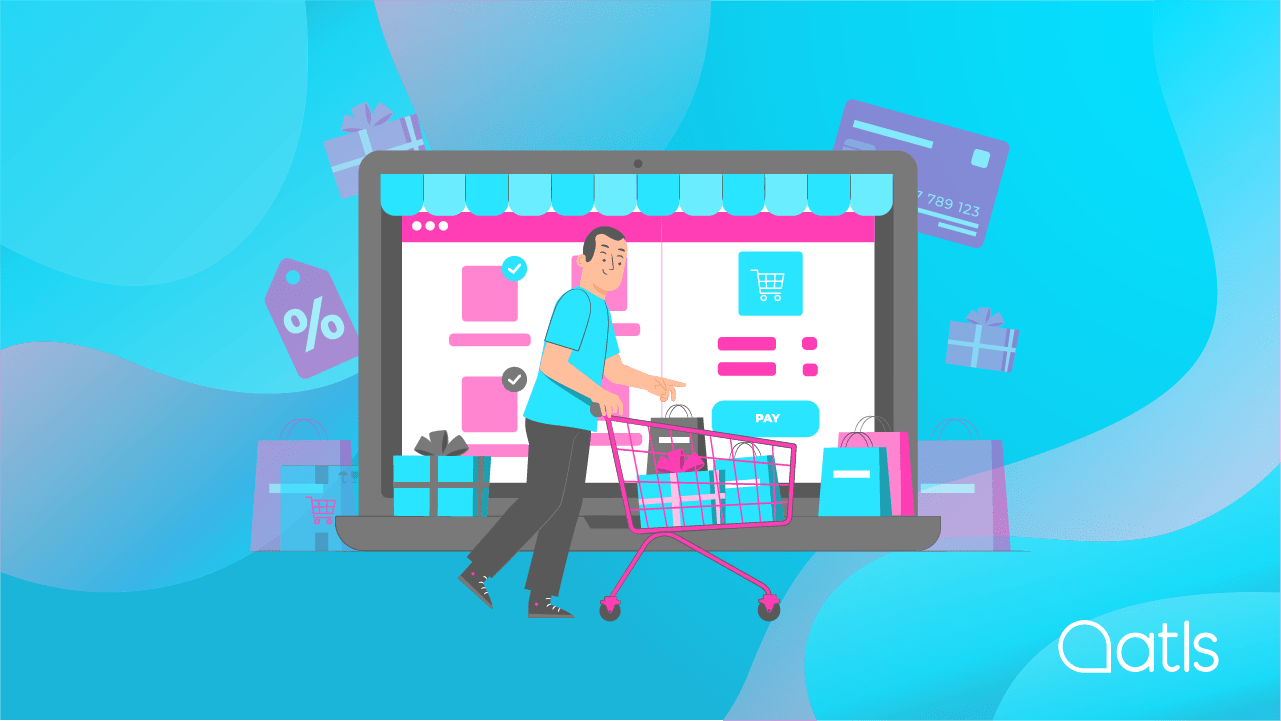What is the profile of e-commerce customers?

Online shopping is becoming more popular in Spain and increasing numbers of internet users are now shopping online. Let's take a look at the profiles of these e-commerce customers and see the type of things they buy!
To describe the situation of the Spanish e-commerce industry, we have based our information on the results of the 2017 Annual e-commerce report, carried out by Elogia.
What is the profile of online shoppers?
Approximately 73% of internet users shop online and of these, about 49% are women and 51% are men. The average online shopper is 39 years of age, employed and with children. Almost 100% of online shoppers use a social network; Facebook (86%) and WhatsApp (83%) are the most frequently used.
The most common devices used to connect to Internet are desktop (97%), closely followed by mobile (91%) and tablet (60%). E-commerce customers mostly shop online using PCs (95%), although 4 of every 10 shoppers now make purchases via mobile phone (37%).
Finally, 87% of online shoppers shop in stores that sell exclusively online, while 37% buy online even when they have the option to purchase the product at a physical store.
How often do online shoppers buy and how much do they spend?
According to the report, online shoppers make a purchase 2.9 times a month, about 0.5% more than in 2016. This increase is seen in purchases made by younger customers: 16-30 and 31-45 years.
In these purchases, spending by users has increased by 7% compared to 2016 and amounts to €80 per purchase. This increase is especially noticeable among middle-aged men.
What are the inconveniences of shopping by mobile?
Reasons given for why some users prefer not to shop via mobile devices are: an inconvenient and impractical purchasing process, screen size and security concerns.
Digital buyers that prefer to shop from PCs have an average age of 42 years and buy 1.9 times a month.
What do these shoppers buy?
Several factors intervene in the decision to purchase from one e-commerce or another, such as price (82%), shipping (79%), trust (77%), after-sales service (76%) and the variety of products on offer (75%).
Most purchases, 92%, are for physical products (clothes, books, furniture, etc.), whereas the purchase of services (travel tickets, accommodation, restaurants, etc.) accounts for 83% and the purchase of digital content (software, online games, films/series, etc.) constitutes 47% of purchases.
These are some of the most interesting details revealed in the report and, if you are the owner of an e-commerce, you might want to take them into account in when designing your marketing strategy. And, remember to have your content translated by a professional translator so that your customers will find all the information in their own language.




